
Breaking Boundaries: How ILLUCO’s 12x Dermatoscope Enhances Clinical Precision
For decades, 10x magnification has been the standard in dermatoscopy. It’s what clinicians have relied on for identifying skin lesions, evaluating pigmentation, and detecting signs of early melanoma. But at ILLUCO, we saw room for improvement. That’s why we developed the IDS-9100 Dermatoscope, the first and only dermatoscope on the market to offer 12x optical magnification, setting a new benchmark for diagnostic clarity. Why Magnification Matters in Dermatoscopy In dermoscopy, every detail counts. Subtle variations...
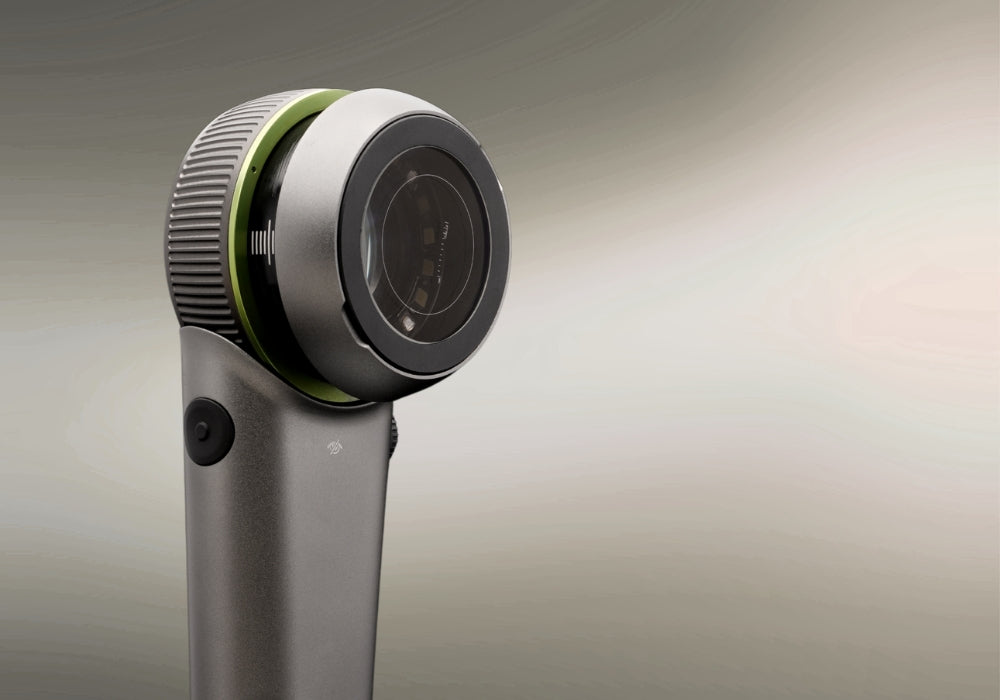
IDS-9100 Dermatoscope in Hair and Scalp Exams
When it comes to dermatology, precision matters. The IDS-9100 Dermatoscope is the first of its kind to offer 12x optical magnification, setting a new standard. Created with both innovation and practicality in mind, it helps clinicians to see what was once invisible to the naked eye. Unmatched Clarity with 12x Magnification Traditional dermatoscopes typically offer 10x magnification, which provides solid visibility but can limit the ability to catch subtle details. With 12x magnification, the IDS-9100...
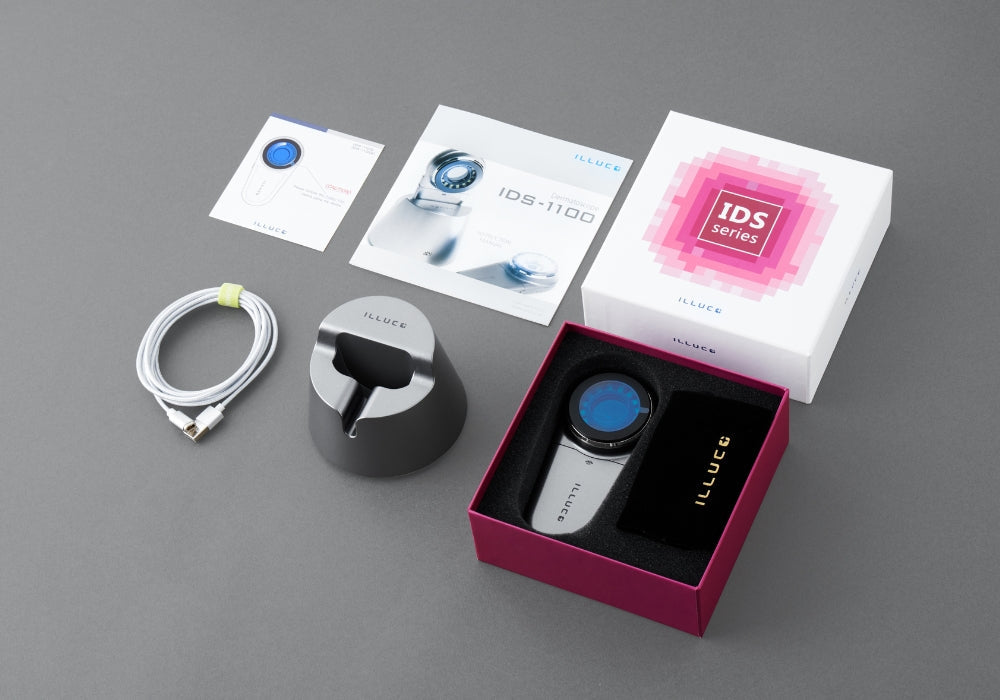
Choosing the Right Dermatoscope for Your Practice
When it comes to diagnosing skin conditions, having the right tools can make all the difference. Whether you’re a dermatologist, medical aesthetician, or clinical researcher, investing in a quality dermatoscope is essential for accurate skin analysis and early detection of issues such as melanoma and basal cell carcinoma. What Is a Dermatoscope Used For? A dermatoscope is a noninvasive diagnostic device that allows for close-up examination of the skin. With advanced lighting and magnification, dermatoscopes...
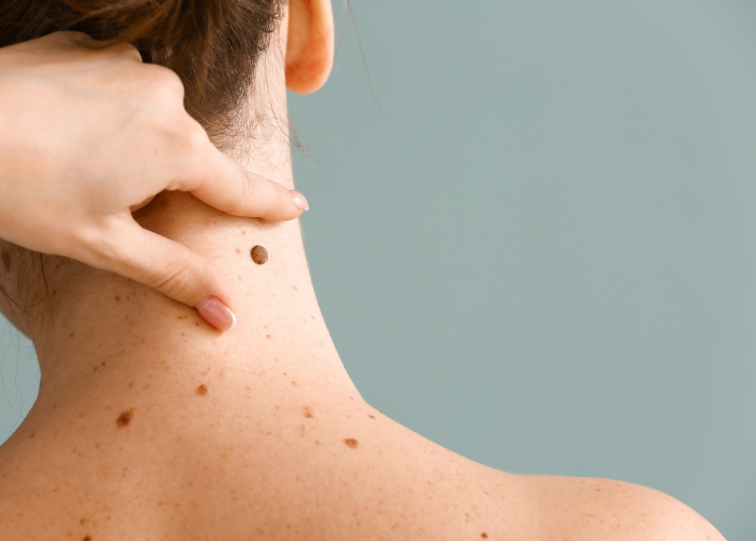
Moles 101: The Different Types of Moles and What to Look For
Moles, also known as nevi, are common on human skin. These small, pigmented spots can be found in people of all ages and skin types. While moles are usually harmless, they can sometimes be a sign of a health problem. It's important to understand the different types of moles and what to look for to keep your skin healthy. In this blog post, we'll discuss the different types of moles, including blue nevus, intradermal nevus,...
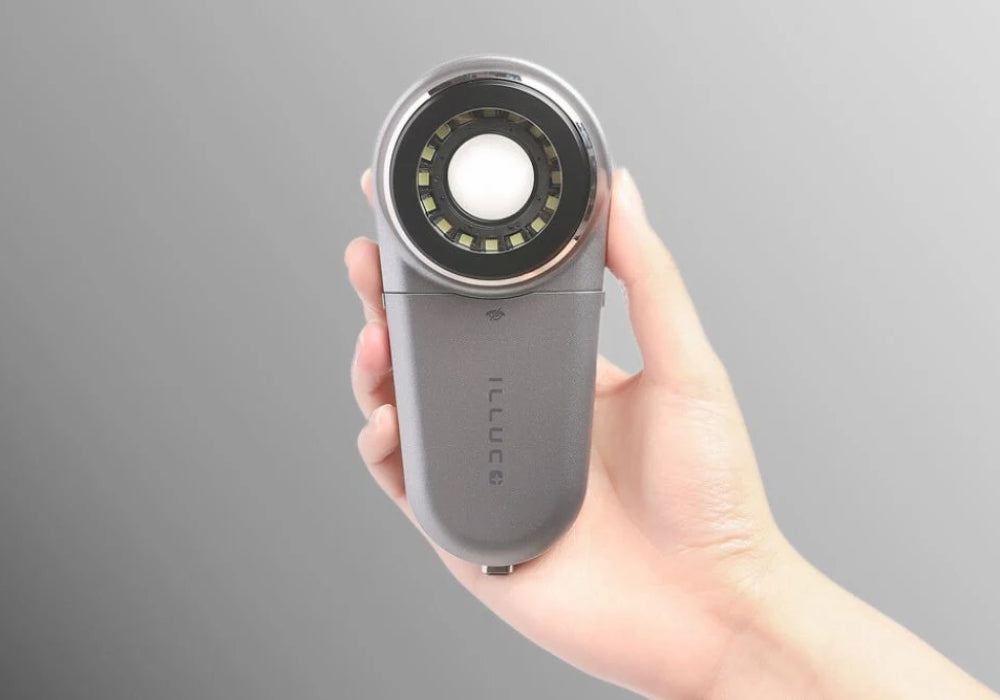
What is a dermatoscope and what does it see?
Dermatoscope: What is it used for and what does it see? Dermatoscopes are essential for dermatologists and other healthcare professionals to examine the skin in detail. These devices provide magnified skin views, accurately diagnosing and monitoring various skin conditions. In this article, we will explore the key features and functions of dermatoscopes, helping you understand their importance in dermatology practice. In the ever-evolving field of dermatology, medical tools play a crucial role in accurate diagnoses...
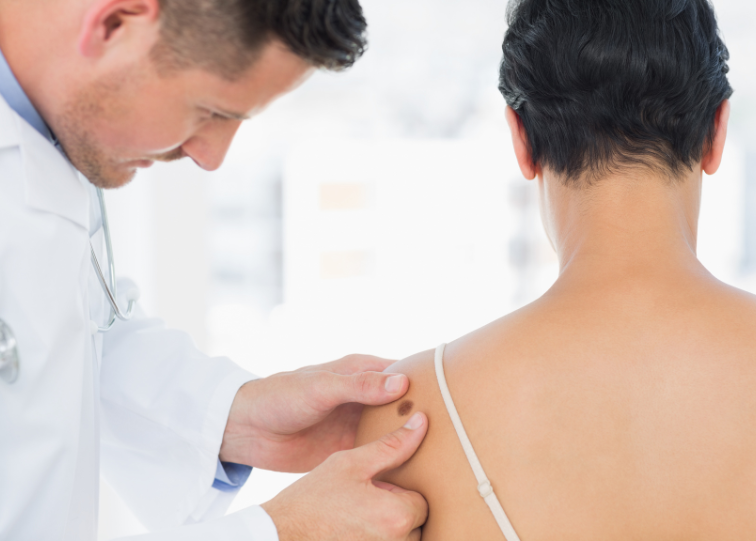
What Is The ABCDE Rule of Skin Cancer?
What Is The ABCDE Rule of Skin Cancer? The acronym ABCDE is commonly used among dermatologists to characterize skin lesions. This rule helps identify if specific skin lesions are cancerous by determining their shape, color, and symmetry. In this blog, we will define the acronym ABCDE, describe the common types of skin cancers, review common spots that get mistaken for skin cancer, and how dermatoscopes help differentiate. ABCDE Defined A- Asymmetry: Noncancerous moles typically are...

Understanding Keratoacanthoma: A Guide to Skin Health
In this blog post, we will discuss what keratoacanthoma is, where it can be found on the skin, how common it is, and why it's crucial to get it checked out by a healthcare professional.
